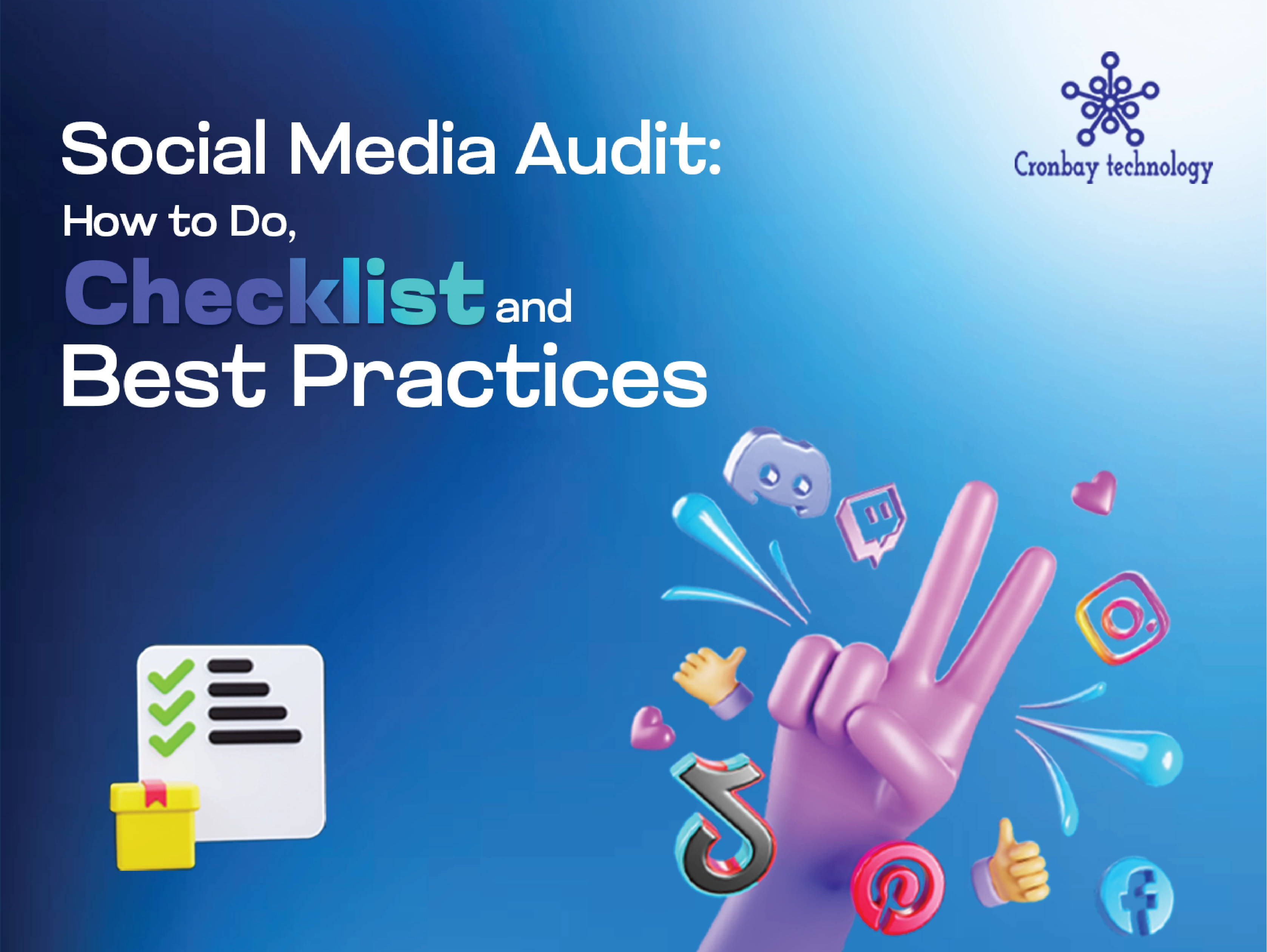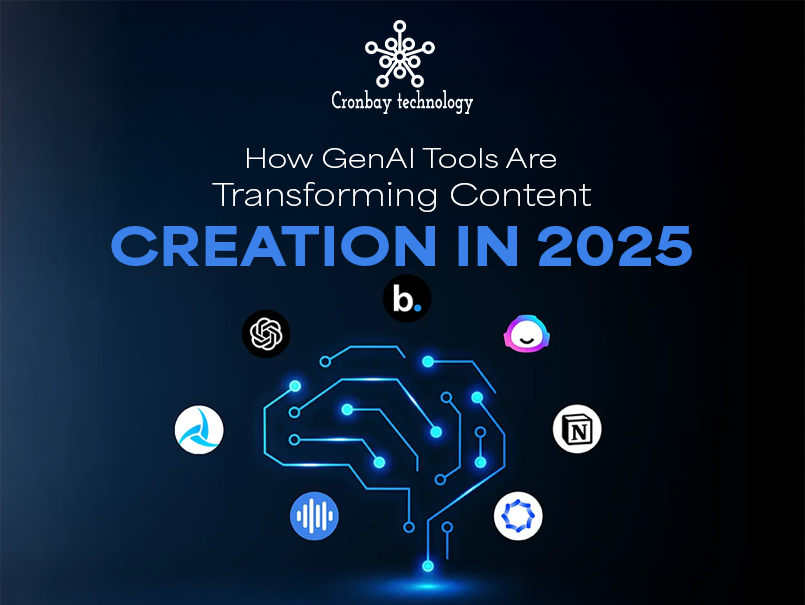We always turn to Google whenever we need information. From learning how to create a paper boat to questions about climbing a mountain and machine learning, there is a wide range of information available. There are certain inquiries that need more than one search.
It's unclear how Google intends to aid those who have complicated questions and have to do repeated searches to get the information they need.According to a study, MUM is one thousand times more potent than BERT.
What does mum mean for SEO?
MUM stands for Multitask Unified Model. Search engines will benefit from this new technique since it will allow them to answer more difficult inquiries. By the beginning of 2022, the deployment will be complete.
Google MUM is an artificial intelligence-designed tool that helps evaluate and produce material much like a person. The BERT algorithm has grown into this formidable technology.
MUM's primary goal is to answer complicated inquiries correctly. It takes an average of eight searches to get the answer to a single query. Google is attempting to figure out what kind of searches they are and to solve most of these complicated queries on a single SERP.
However, it might be argued that Google MUM's major goal is introducing AI into the situation. Many divisions at Google are experimenting with artificial intelligence (AI) to see whether MUM can assist them to solve problems with sophisticated questions.
How will MUM affect SEO?
MUM's primary goal is to provide a positive user experience by resolving difficult-to-answer search inquiries. The MUM upgrade will significantly impact traditional SEO techniques used to rank a website.
-
Language obstacles must be eliminated
For many people, the most significant roadblock is a lack of familiarity with the language. Non-multilingual websites get the lowest rankings on search engine results pages (SERPS). The MUM algorithm supports 75 languages.
-
The ability to comprehend information in a variety of forms
In addition to text, the MUM algorithm will emphasize audio, video, and picture material. As a result, Google can understand user searches better and provide more relevant results.
-
Predicting the outcomes of questions
As a result of this new change, Google will be better able to forecast the complete scope of a user's search intent. The major goal is to deliver the best results and useful material to the user without requesting a succession of different questions to be answered by the user.
-
Incorporating a variety of sources into one
Various outcomes are combined to generate a unique piece of writing. Each time you do this search, you'll receive a completely different set of results. The end result will be a condensed version of the most important and valuable information.
What impact will MUM have on search?
MUM's objective is clear: a single SERP that can handle more complex search queries, incorporate more of the buyer's journey, and improve user experience. The following are some of the characteristics of MUM that we may expect to see if it is implemented:
-
The new version of Google Lens
You can capture a photo using Google Lens and then ask a question about what you see in the picture with Google MUM.
-
Google MUM is a multilingual search engine.
Despite the fact that you may have typed your query in a different language, Google MUM can analyse data in 75 languages and try to identify the most relevant answers to your inquiries. The answer to a question could be unavailable in the language being searched because of a linguistic barrier. Using the MUM method, it will search 75 languages for the best answer and provide the best results.
-
Larger photos
Google utilises MUM to identify which photos from the SEO ranking sites should be presented when visual SERPs are activated for particular queries and searches.
-
An in-depth look at a video
With the help of MUM, Google will be able to analyse films more fully and identify topics in various parts of the video. Because of this, Google's recommendation engine will be able to provide better suggestions for things to watch, read or consume after a video.
-
Things to know feature
In order to better serve you, Google is launching the Things to Know feature on its search results page (SERP). Despite the fact that it is not a brand-new function, this improved version will provide you with more precise and comprehensive ideas.
-
Less significance of SERP Ranking
Ranking on the search engine results page (SERP) will become less important in the future.
As Google MUM spreads, the relevance of SERP rankings will dwindle. With so many features occupying the top half of the SERP, it doesn't even matter if you come in first after around 10 "non-organic" search results.
Google MUM adds a lot more weight to the context of the query. As a result, two persons doing the same search will almost probably get two completely different SERPs. There will be a variation based on past search behaviour, geography, buyer journey stage, and general content preferences.
Even though Google MUM isn't new, it will continue to improve and provide you with more relevant results.
How Does MUM Relate to BERT?
BERT has provided searchers with information that is reasonably accurate. The algorithm's ability to detect the context of search keywords and forecast missing words has been lauded as an improvement over earlier versions. To assist visitors in finding the information they're searching for, BERT may even propose keywords and search phrases.
The MUM update was created to manage what BERT does, but 1000 times more powerful. It has the ability to work in many modes at once, including text, video, and audio. At this point, MUM is in a testing phase but has already shown its ability to gather data from several sources and in multiple languages.
Final Thoughts
The SEO approach does not need to be drastically altered to accommodate the MUM algorithm. Because of this, you don't have to cease using classic SEO techniques. However, new SEO features like entities and complex content markup need more of your time and attention. Customers' trips should also be taken into consideration. In order to better serve consumers' search queries, Google has unveiled a new algorithm.
Google's MUM seeks to learn more about us than any other search engine has ever done to understand better what you may be searching for. You'll be saying goodbye to BERT when Google MUM launches. Are you interested in learning more about search engine optimization (SEO) or do you want to improve your website's SEO? Click here to book an appointment with the professionals right away.
Frequently Asked Questions
Q1. What is BERT SEO stand for?
Ans. Bidirectional Encoder Representations from Transformers is what "Bert" stands for. In the field of Natural Language Processing (NLP), it is a method that is based on neural networks and was open-sourced by Google in the previous year.
Q2. Which artificial intelligence methodology enables Google to provide answers to difficult questions by doing analyses of multilingual text and media?
Ans. MUM can potentially change how Google assists you with difficult tasks completely. The text-to-text framework known as T5 is utilised by MUM, which is 1,000 times more powerful than BERT.





